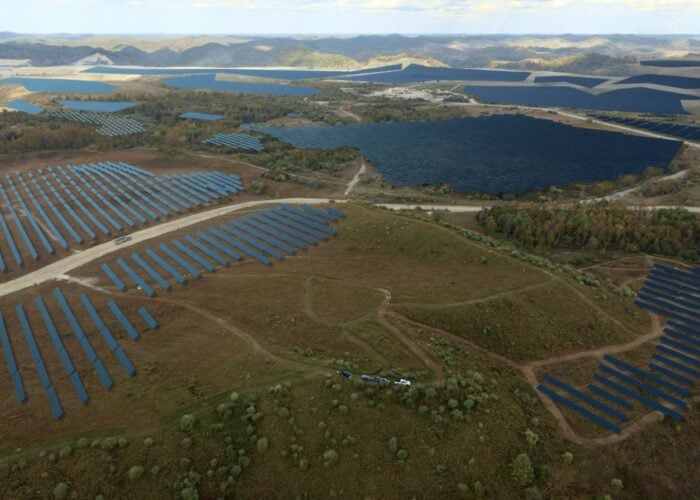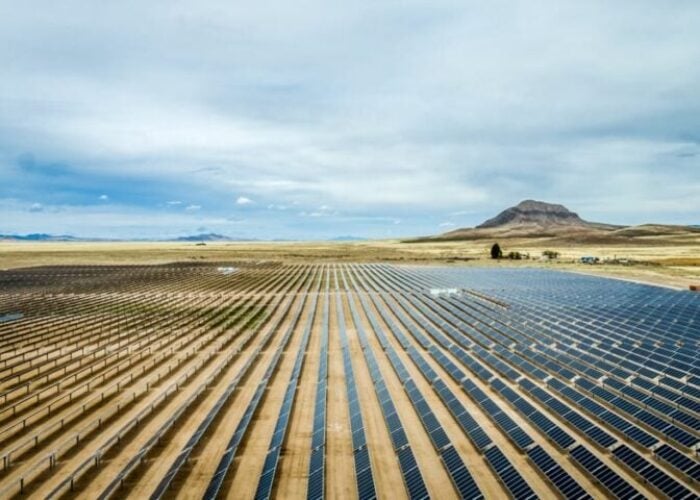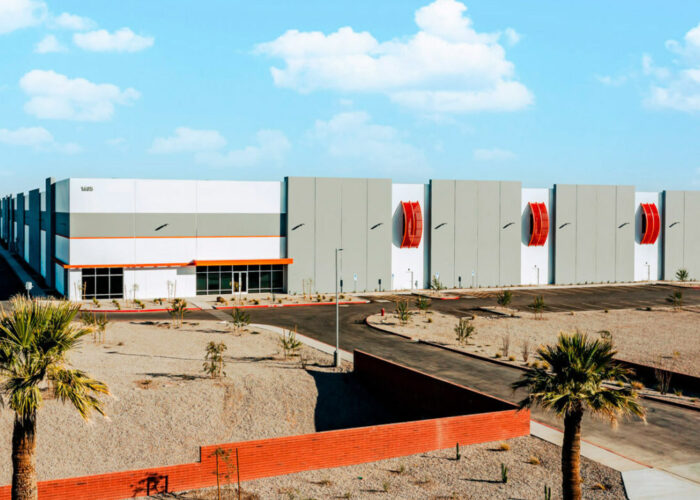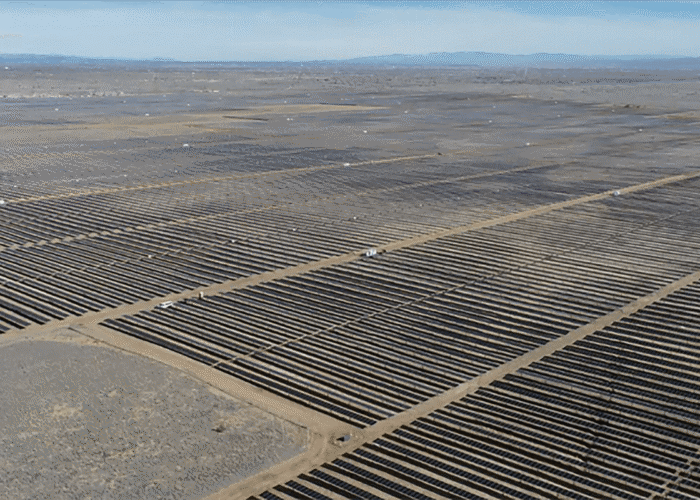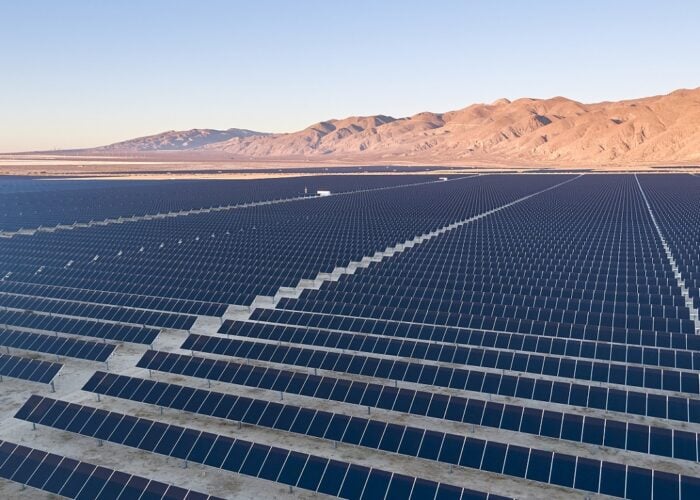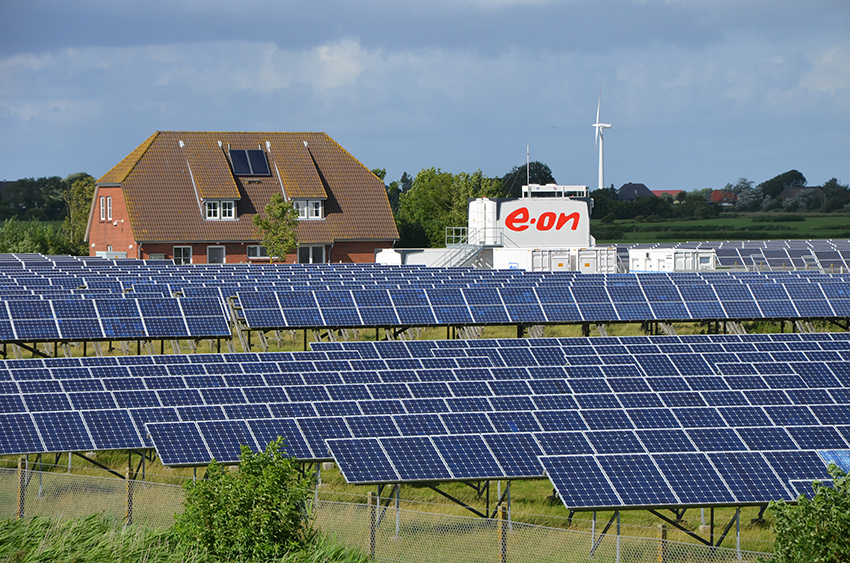
Tucson Electric Power (TEP), a utility in Southern Arizona with around 420,000 customers, has received approval to build two 10MW energy storage systems, including one co-located with solar, from the state’s regulator.
Arizona Corporation Commission (ACC) approved the projects on Wednesday, for which TEP had issued a request for proposals (RfP) to lease last summer. TEP reached long-term agreements with E.On Climate & Renewables, an arm of the European utility which last year split off from its parent to work on clean, sustainable technologies and innovation, and NextEra Energy Resources, a wholesale electricity supplier and itself a subsidiary of a utility, US-headquartered NextEra Energy.
Unlock unlimited access for 12 whole months of distinctive global analysis
Photovoltaics International is now included.
- Regular insight and analysis of the industry’s biggest developments
- In-depth interviews with the industry’s leading figures
- Unlimited digital access to the PV Tech Power journal catalogue
- Unlimited digital access to the Photovoltaics International journal catalogue
- Access to more than 1,000 technical papers
- Discounts on Solar Media’s portfolio of events, in-person and virtual
The systems’ uses will be twofold, boosting electric system reliability and for the purposes of studying how they could help the region expand its use of solar and other renewables. TEP had said in March in its most recently published resources plan that large solar arrays and other community renewables were a cost-effective investment for its portfolio of renewable generation capacity.
TEP’s plan, which involves boosting the utility’s renewable portfolio by around 800MW by 2030, around 30% of its power, and reducing reliance on coal, also highlighted the potential for energy storage and smart grid technologies to boost system reliability.
TEP received bids from more than 20 interested and qualified parties in the projects, with a TEP director commenting that the competitiveness of the participants and technologies meant that both projects will be built for less than the estimated cost of one single system. In fact, the original RfP only referred to the intended construction of one 10MW facility.
In related news, last week Arizona’s biggest utility, Arizona Public Service, agreed with installer SolarCity to mediate between them how solar customers will be compensated for their produced power. The state has become one of several battlegrounds in the US over solar policy, particularly with regard to net metering for residential solar.
For the full version of this story, visit Energy-Storage.News.

